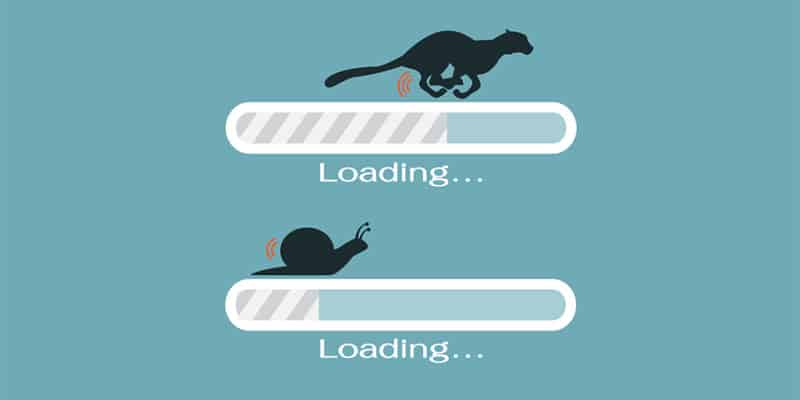If you have a great idea for a website and you’re eager to get it published, it makes sense to follow the path of least resistance. That’s why pre-made website themes and templates are so popular and appealing: they offer you a nice looking site that’s just a copy-and-paste away from publishing.
But, is it really that simple? What do you sacrifice to obtain this speed and convenience?
As it turns out, you’re sacrificing a lot.
Flexibility.
While the wide array of backend options touted in many pre-made site templates makes them seem extremely flexible, they’re actually very limited in comparison to a custom design specifically developed to meet your needs and desires.
Of course, the simpler your needs and desires are, the better the chance that a template or theme will get “close enough”. But if your website concept includes anything more complex than standard brochure-style site functionality, you’re likely to find limitations in a theme’s option set that will require either
- changing your concept to fit the template, or
- paying a developer a large amount of money to hack and modify the template.
Cost.
One of the most appealing aspects of pre-made website themes is their low initial investment. Since the developer is selling unlimited copies of the theme, they can afford to put a very low price on the purchase – generally between $50 and $200 on average.
However, as noted above, the cost of modifying the template to actually meet all your needs may be quite a bit higher. Even if the template has all or nearly all the options you need, there’s a high likelihood you’re going to need to pay someone to handle implementation, customization, and content transfer along with any technical difficulties that come with that.
Or, you’re going to handle all that yourself, which has a different kind of cost.
Efficiency of the code.
One of the biggest drawbacks that comes with a pre-made website theme is the tremendous amount of bloat inherent in their design.
To create a popular template, the developer and designer need to anticipate as many different potential use cases as possible and include coding and functionality to support those use cases. In other words, the more flexible a theme seems to be, the more code and design elements the makers had to create to provide that level of flexibility.
Inevitably, that means that once you’ve chosen the individual modules and options you need, there is a huge amount of code on the backend that you don’t want or need. But it doesn’t disappear. Instead, it sits there taking up space, complicating matters, and slowing down the site.
Backend bloat in pre-made themes and templates can affect load times and search engine ranking, so it can actually lead to the resulting website being less successful and less valuable over the long term.
Are themes and templates all bad?
I know the three points above probably make it sound like all website themes and templates are evil. That’s not the case.
In fact, many of the themes and templates I’ve seen are beautifully designed. They make for gorgeous sites. And for simple site concepts that may not need ultra-high search ranking or top-level functionality, they can work extremely well.
However, there are circumstances where the limitations and challenges of a pre-made theme will get in the way of a quality finished product. And for those circumstances, it ends up being a better value overall to have a web developer custom design a site from the ground up specifically for your needs.
This leads to a fast, efficient site that can rank well, function perfectly, and satisfy all your needs and desires without unending modification required. Although the initial cost is higher, the return on the investment is higher still.



